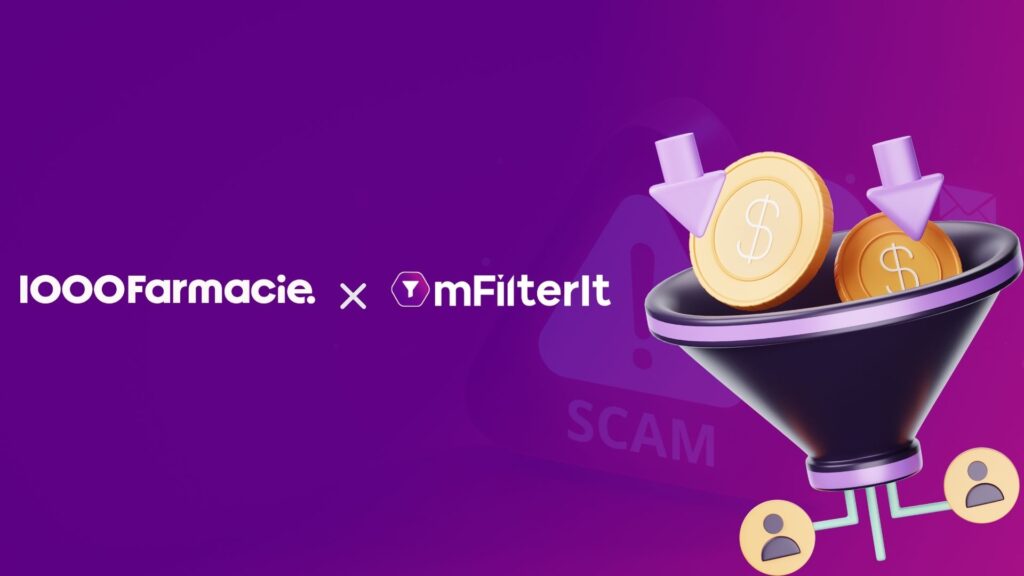If you’re running a PPC campaign, check your analytics data.
Do you see a rapid curve of increase in click traffic, while your installs or events remain low?
This is one of the classic signs that you need to get your ad traffic vetted, as it might be under the radar of ad fraud perpetrators.
Over time fraudulent parties in the digital ecosystem have evolved and indulged in sophisticated fraud techniques to gain maximum benefit. The techniques have become more human-like and difficult to detect.
As a result, these fraudulent techniques not only impact the bottom line of a digital brand but also weaken the efficiency of the campaigns. From driving bot traffic to breaching the walled gardens, they have perfected their practices over time. One of them has been PPC fraud techniques which are not just limited to web but also app campaigns.
As the spending on mobile app marketing increases, it has become a gold mine for fraudsters to dig for money.
Table of Contents
ToggleTypes of in-app PPC Advertising Fraud
Unlike web campaigns, app-based PPC fraud operates in an opaque environment. Fraudsters manipulate in-app interactions at various levels, but the most alarming issue is that advertisers often rely on flawed measurement systems that don’t validate traffic effectively. This is where many advertisers fall into the trap of trusting impressions and clicks at face value.
The fraud manifests in multiple ways:
- Click Spamming: Fraudsters flood attribution systems with click spamming which is to generate fake clicks to wrongfully claim credit for organic installs.
- Click Injection: Malware-infected apps hijack install events by sending a fraudulent click at the exact moment an app is installed.
- Bot Traffic: Automated scripts mimic human behavior, generating clicks and even fake in-app events.
- Organic Poaching: Fraudsters hijack organic user traffic by injecting random clicks and falsely claiming attribution.
- Acquisition Poaching: Fraudsters manipulate attribution models by faking user engagement to appear as legitimate traffic.
The Importance of Click-Level Validation
The biggest flaw in many app advertising strategies is that they trust data provided by Mobile Measurement Partners (MMPs) without validating it beyond the impression level. MMPs typically attribute installs and in-app events based on the last-click attribution model, but they don’t analyze whether that click was genuine in the first place.
Without click-level validation, advertisers are left vulnerable to:
- Wasted budgets: Paying for fraudulent clicks that never convert into real users.
- Distorted performance metrics: Misattributed installs and engagement rates create misleading reports.
- Poor down-the-funnel optimization: Advertisers end up optimizing for fraudulent traffic rather than genuine user acquisition.
How PPC Fraud Impacts Down-the-Funnel Metrics
Fraudulent clicks don’t just impact the initial stages of a campaign; they create a ripple effect down the funnel. Consider this:
- If your PPC campaign generates fake clicks, your CPI (Cost Per Install) skyrockets because installs may not be genuine.
- Fraudulent installs inflate your DAU (Daily Active Users) numbers artificially, leading to poor LTV (Lifetime Value) calculations.
- Since bots or hijacked installs don’t engage meaningfully, your retention and conversion rates drop, creating misleading insights for future optimizations.
Real Case Study: How a Quick Commerce Brand Tackled PPC Fraud
A major quick commerce platform in India discovered severe PPC fraud issues within their app advertising campaigns. They were running retargeting campaigns to increase engagement, but conversions remained low despite their significant ad spend. Upon investigation, they found:
- High levels of fraudulent traffic: 58% of clicks and 46% of events were fraudulent.
- Organic Poaching: Fraudsters injected random clicks to claim credit for organic installs. The click-to-conversion time gap for Publisher A on January 11th was 35% longer than usual, indicating hijacked organic traffic.
- Acquisition Poaching: Engagement partners falsely re-attributed already acquired users by forcing fake re-engagement clicks instead of waiting for real user activity.
By implementing click-level validation and actively monitoring traffic sources, the brand:
- Identified and eliminated fraudulent publishers.
- Reduced misattribution of organic traffic.
- Saved $1.9 million in a single month by stopping invalid ad spend.
This case highlights how unchecked PPC fraud can drain budgets while inflating performance metrics, making it crucial for advertisers to validate traffic beyond surface-level analytics.
Combatting PPC Fraud: Steps Advertisers Must Take
Tackling PPC fraud in-app campaigns requires a proactive approach. Here are the most effective strategies:
Validate Click Traffic in Real Time
- Use solutions that verify click authenticity before attribution.
- Look for abnormal patterns like excessive click-to-install times or multiple clicks from the same device.
Go Beyond Last-Click Attribution Model Validation
- A last-click model alone doesn’t provide the full picture.
- Compare click timestamps and engagement across different sources to detect anomalies.
Monitor Post-Install Behavior
- Genuine users interact with an app differently than bots or fraudulent installs.
- Analyze session depth, retention rates, and in-app purchases to flag anomalies.
Use Third-Party Fraud Detection Tools
- Many MMPs lack comprehensive fraud prevention mechanisms.
- Implement third-party ad verification tools to cross-check data integrity.
Blacklist Fraudulent Sources
-
- Identify ad networks or publishers that repeatedly send suspicious traffic.
- Blacklist them proactively to reduce the impact on down-the-funnel metrics
Way Forward
PPC fraud in apps is a silent budget killer that can cripple your campaign performance if left unchecked. The key to protecting your ad spend is to go beyond surface-level analytics and validate clicks at a granular level.
If advertisers treat click validation like a security checkpoint—ensuring every click is a legitimate entry rather than an impersonator—campaign efficiency will soar, and wasted ad spending will be reduced.
Want to safeguard your app campaigns from fraud? Start by validating your ad traffic data, leveraging the advanced ad fraud detection tools that go beyond surface level check, and make every click count.
Want to get a demo of how we do it? Contact our team today







